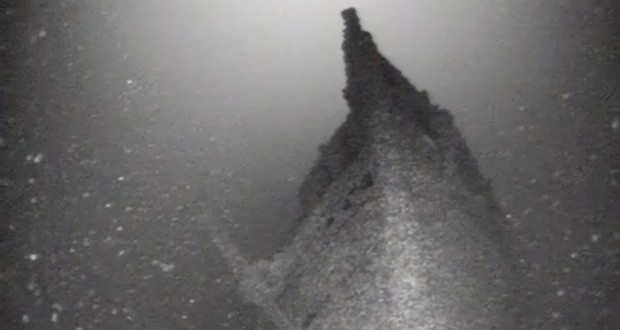A pair of local shipwreck hunters are showing off their latest discovery, made this summer in Lake Ontario.
It is the latest find by Jim Kennard and Roger Pawlowski, without question the most accomplished shipwreck sleuths in western New York. The two Rochester-area men have used sophisticated sonar technology, remote-operated underwater vehicles and teams of divers to locate a sunken flotilla of boats and ships in the Great Lakes.
The Bay State, 137 feet long and built in Buffalo in 1852, was one of the first propeller-driven steamships on the Great Lakes. It set out from Oswego on Nov. 4, 1862, bound for Ohio with a full load of general merchandise.
Shortly after departing, the weather turned bad. The ship appears to have attempted to turn back toward Oswego, but the force of the storm ripped it apart and sank it.
The ship was found last month in deep water off the southern shore of Lake Ontario near Fair Haven, Cayuga County.
An empty lifeboat, wreckage and packages from the ship’s cargo came ashore near Fair Haven, but no survivors. There were between 16 and 18 people on board, including seven passengers.
Like all non-military shipwrecks in New York waters, the debris that was the Bay State belongs to the state. There is no plan to haul it up.
Agencies/Canadajournal
 Canada Journal – News of the World Articles and videos to bring you the biggest Canadian news stories from across the country every day
Canada Journal – News of the World Articles and videos to bring you the biggest Canadian news stories from across the country every day



